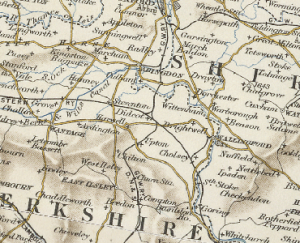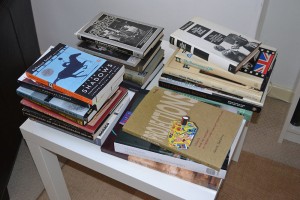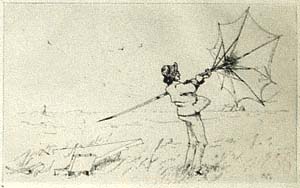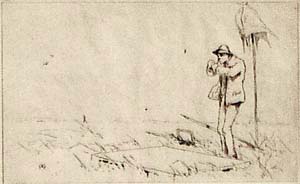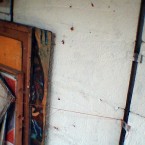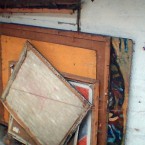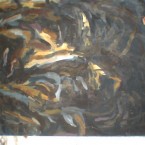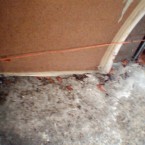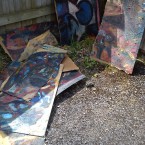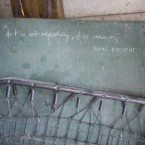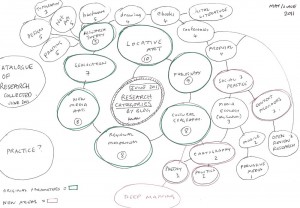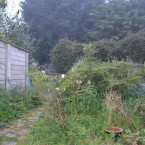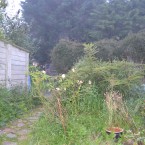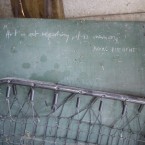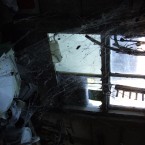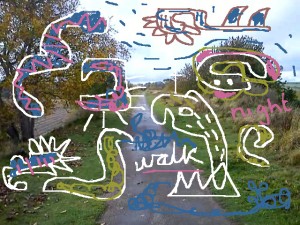
This antique camera, used to make short film Londoners, was found in a British warehouse.
Photos courtesy Joseph Ernst
In his quirky new short Londoners, director Joseph Ernst uses a hand-cranked camera from the 1920s to film contemporary city dwellers as they might have been portrayed during The Artist‘s glory days.
The British filmmaker got inspired after discovering vintage documentaries by Mitchell and Kenyon, who chronicled everyday life in Edwardian England during the early 1900s.
“When you look at the old Mitchell and Kenyon films, there is a kind of innocence, a charm and allure of a time past,†Ernst told Wired.com in an e-mail interview. “I knew that this side of life still existed in London. The challenge was, would it be possible to produce such a document of this day and age?â€
As seen in the exclusive silent premiere of Londoners above, the answer is a black-and-white “yes.†Soccer fans, cafe loungers, subway crowds and parade-goers peer into the camera as though from an earlier century, lending the group portraits an eerily timeless quality.
TECH SPECS Camera: The Ertel Filmette was manufactured in Germany between 1910 and 1920. “We needed a camera manufactured after 1909, which is when they standardized film gauges,†said Joseph Ernst. Before 1909, cameras used film sizes that do not exist today.
Lens: The camera’s original 50mm lens was used for the entire Londoners shoot.
Tripod: Vintage tripods proved too fragile, so Ernst used a heavy Ronford that had to moved with a trolley.
Film stock: 35mm Kodak 5222.
Film cartridges: Ernst chopped up a now-standard 400-foot reel of film stock into three 130-foot sections to accommodate the camera’s relatively tiny magazine.
Londoners isn’t Ernst’s first experiment in offbeat cinema: For his previous short film, Feeder, he poked a camera down the esophagus of a willing subject to record exactly what happens when humans swallow food.
His less-invasive follow-up became an interesting essay on today’s world, as Ernst trundled a bulky antique camera onto city sidewalks crawling with wannabe smartphone documentarians.
“Modern society finds no comfort in the digital camera,†Ernst said. “We shy away from them. We complain if someone points it in our direction. But if you bring out some spectacular relic from the past, people forget all that. They’re surprised that such a thing still exists and that it actually still works.â€
Londoners owes much of its flickering charisma to a wooden, 18-frames-per-second camera — circa 1915 — that Ernst discovered in a warehouse full of antique filmmaking gear managed by David French.
“I would never have got this kind of footage with a digital camera,†said Ernst.
Director of photography Oliver Schofield cleaned up the antique camera and “nursed it back to life,†Ernst said. “After a couple of botched test shoots, we had her working.â€
Propped on an enormous tripod next to a “changing tent,†the bulky contraption made a sidewalk spectacle of itself — which is precisely what Ernst was aiming for.
“Our intention was to capture people reacting, happily or not, directly into the lens,†he said. “We never knew what we were going to get and we only really had one take per setup. We roughly aimed the camera in the right direction and trust our light-meter reading, which is an alien concept in the digital era.â€

